BELIZE
History

History
History
Mayan Civilization
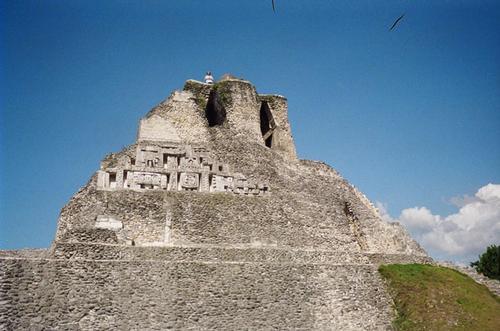
Unlike the Aztecs or the Incas, the Maya civilization was ruled by a single ruler. The Maya Empire was divided into rival cities, much like the Greek city-states. But otherwise the whole area of the Maya was one in terms of religion, technology, language and trade.
The Maya believed that everything had its place in the cosmic order and that everything had some form of soul and life force within it. Time, stars, stones, trees and natural phenomena were, according to the Maya, alive and had divine powers.
They believed they lived in the Middle World, below the 13 levels of the Upper World and above the nine levels of the Lower World or Xibalba. They also believed in life after death. The ruler, priests, sacrificial persons, suicides, war victims and stillborn children went straight to paradise. A great number of gods had the same powers as some things and phenomena, but took different forms: they appeared as specific dates, days, colors and often had a good side and a bad side.
Rituals and (human) sacrifices assured the Maya of health and food. A complex process of sacrifices, fasting, feasts and incense rituals was repeated annually and also used to evoke rain and success in hunting, fishing and warfare. The most powerful offering was blood, especially that of the king who was considered some kind of god. During rituals to summon the ancestors or other powers, special dishes were made such as "balche", a mix of fermented honey and bark from the balche tree. Cigars were smoked as well as hallucinogenic agents such as mushrooms, mescaline and water lilies. Frankincense has always been used for ceremonies, usually made of copal, a type of resin, and in the form of small cakes.
The dates of the ceremonies were fixed through the Mayan calendar, which was based on astronomical observations. Their counting system was based on the number 20 and they used two calendars, one for 260 days and one for 365 days, which coincided every 52 years. The Maya also believed that history repeated itself every 20 years.
During the period of ca.800 BC. to 250 AD. the Maya developed systems of agricultural terraces, fields and irrigation channels. The main food for the Maya was corn, with of course its own god, Yum Kaax. The Mayan farmers also made sure that the soil could not be depleted by long-term monoculture. The peak of the Mayan civilization was the Classic Period of 250 BC. to 900 AD. when trade and art flourished. Large cities and pyramids, temples and palaces were built.
At one point, however, the number of human sacrifices increased dramatically, perhaps due to the diminishing of natural resources that required the gods to supply extra blood. Sacrificial persons were brought in from other cities, so that one war followed another. In the period 900-1200 the Mayan civilization disappeared quickly and mysteriously and most of the major cities were abandoned. The how and why is still controversial and ranges from earthquakes, famines and diseases or a combination of these. However, some towns remained intact and inhabited until the arrival of the Spanish.
Spanish rule
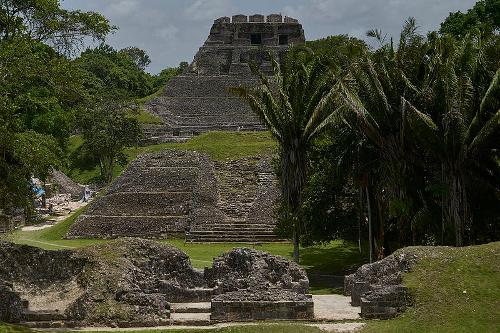 El Castillo BelizePhoto: Denis Barthel CC 4.0 International no changes made
El Castillo BelizePhoto: Denis Barthel CC 4.0 International no changes made
In the 17th century, the Spanish ruled all of Central America. However, the area of present-day Belize had hardly been discovered. Some of the reasons for this were the elongated coral reef off the coast of Belize, dangerous to the ships; no gold and silver and only swamps and mosquito-infested jungles; moreover, the local population was very hostile.
The first contact with a number of Spanish castaways dates back to 1511 in Northern Belize, who, however, were killed or enslaved. The Spaniards then focused on present-day Mexico and Guatemala. This did mean that Maya from those areas fled to Belize to stay out of the hands of the cruel Spaniards. The Mayans who survived the massacres awaited slavery, families falling apart and forced relocations. No wonder, then, that efforts by Franciscan monks to convert the Maya in the early 17th century led to rebellion and uprisings; churches were destroyed and set on fire.
The British also appeared on the scene, looking for campêche wood (blue wood) in the Bay of Campêche. They had a much better relationship with the Maya because they had no interest in taxing and had no urge to convert. However, it didn't take long before a very different kind of British entrepreneur appeared on the scene: pirates who found a beautiful hiding place in the reefs in Belize. The booty was transported from there to the Bahamas, Bermuda or Jamaica. One of these pirates was Captain Peter Wallace, who came ashore in 1634 where Belize City is now located. He is also said to have given the name Belize to the country.
In 1670 an anti-piracy treaty was signed between England and Spain. The pirates now realized that the executioner was waiting for them, whoever would capture them. Many now engaged in logging and timber trade and settled at the mouth of the Belize River. The settlement was called "Bay settlement" and the residents "Baymen".
The discovery of the highly sought-after mahogany wood drastically changed the situation. They needed a lot of workers and they used black slaves from Jamaica. Soon, only one in ten residents was white. Slavery in Belize was not nearly as structured as it was on the large plantations in the United States. The slaves each had their own tent, a machete or an ax and some even had muskets and pistols. The use of the whip was also unknown. Furthermore, a working week of five days and they could buy back their freedom. Despite this, slaves had few rights and abuse was also common in Belize.
In the meantime, the Spaniards tried to gain control of the entire area, but kept coming into conflict with the British and the native population, the Maya. Treaties were concluded and then denounced. However, the British continued tirelessly cutting down forests. In 1763, Spain "officially" allowed the British to cut wood. They were also allowed to build roads for the transport of the wood along the borders in force at the time. Until the beginning of the 20th century, however, only "roads" were built towards rivers that transported the wood. So no roads were built at all as agreed, leaving boundaries blurred and rural people living in uncertainty on both sides of the border. This led the Spanish-focused Guatemalans to believe that Belize had failed to honor the 1763 Agreement, and therefore it was their country. This border dispute would last until 1988 and it is still not officially settled.
The conflict between the Spaniards and the British meanwhile continued. Not even the Peace of Paris could resolve this conflict. The Spanish continued to make claims to Belize but never attempted to colonize the country. The "baymen" were sporadically attacked and driven out but they kept coming back. In 1798 the decisive battle of Saint George's Caye followed and the Spanish were defeated on September 10 with the help of a West Indian regiment.
British rule
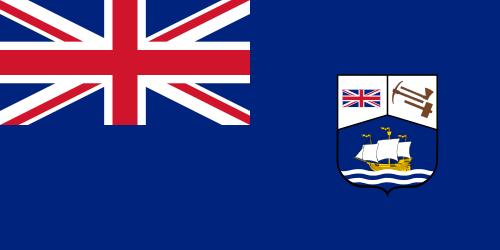
As a result, Belize would be ruled by the British crown until independence in 1981. Slavery was officially abolished in 1807 but continued for some time in Belize. The slaves were also allowed to officially own land but had to pay for it. Of course they could not, so the land simply remained in the possession of the powerful landowners. In essence, slavery continued to exist for a long time. In 1840, a bloody Mayan uprising on the Yucatán Peninsula called the "Caste War" ensued. White men, women and children were widely raped and murdered. When the Maya started losing, the Spanish revenge was sweet. Many Maya were killed and the rest were sold into slavery to Cuba. Others left their villages and settled in the jungle, sometimes for decades. Between 1846 and 1850, the population of the Yucatán Peninsula had been reduced from 500,000 to 300,000. Guerilla warfare ensued, and Quintana Roo in particular was a dangerous no man's land until it was added to Mexico in 1974.
Among the runaway Mayans, the religious movement of the "speaking" cross, a pro-Columbian oracle that represented the gods of the four major cardinal directions, blossomed again. Three survivors of the "Caste War", a priest, a master spy and a ventriloquist, were well aware that the population had a strong desire for "divine" leadership. Because of their leadership and the "advice" of the speaking cross, the people scattered throughout the area came together and organized.
Between 1847 and 1850 thousands of Mayas, Mestizos and Mexicans settled in Belize and introduced, among other things, the Latin culture, Catholicism and new agricultural methods. Belize became British Honduras became an official crown colony of Great Britain in 1871, and ruled by the Governor of Jamaica. In 1884 all ties with Jamaica were broken and British Honduras was given its own governor. But problems of various kinds plagued the country. Mahogany workers rebelled in 1894 as well as Belizean soldiers returning from World War I and found that their reward was just a "kick after with a smile". Many consider the rebellion of the military in 1919 as the beginning of national politics in Belize. In 1931 Belize was hit by a severe hurricane; Approximately 15% of Belize City's population did not survive.
Belize independent
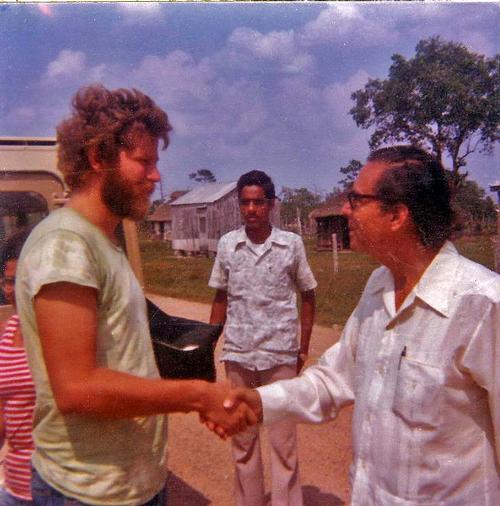 George Price BelizePhoto: Carptrash at English Wikipedia CC 3.0 Unported no changes made
George Price BelizePhoto: Carptrash at English Wikipedia CC 3.0 Unported no changes made
In the 1950s, the nationalist fire grew, especially after a serious devaluation of the British-Honduran dollar. It was also during this time that the People's United Party (PUP) emerged, whose leader George C. Price, would dominate politics for 34 years. In 1954, the colonial government passed a new, more liberal constitution, which guaranteed that an elected majority would rule, although ultimate power still rested with the governor. The PUP won election after election, and Price became the first British-Honduran prime minister in 1961.
That same year, Belize City was hit by another hurricane, and it was decided to build a new capital, Belmopan. Price also immediately had a new flag, national anthem and even a national prayer made. Meanwhile, Guatemala became increasingly fierce in claiming "Belice," as the Guatemalans called Belize. After British pledges of full self-rule for Belize, Guatemala broke all diplomatic relations and threatened war. Negotiations stalled and in 1972 Guatemalan troops rallied along the border with Belize. Britain sent troops and a fleet, and British Harrier planes were even deployed to protect Belize. A number of Central American countries led by Jamaica also came to the rescue of Belize. And the United Nations also supported Belize through an adopted resolution in 1980. Guatemala then abstained and had to give up the fight.
The name British Honduras was changed to Belize on June 1, 1973. On September 21, 1981, Belize became completely independent. However, until 1994, British troops and aircraft remained present at the request of the Belizeans. In 1984, Manuel Esquivel of the United Democratic Party (UDP) had a surprising election win. In 1989, Esquivel lost the election despite nearly five years of economic growth. George C. Price returned to the plush with a "Belize First" campaign. In 1993 the UDP won again from Esquivel and in August 1998 the election battle was again won by an overwhelming majority by the PUP led by Said Wilbert Musa with 26 of the 29 seats in the House of Representatives. In 1991 Belize was finally admitted to the Organization of American States (OAS). In November 1992, Guatemala's parliament recognized Belize's independence after 130 years of conflict. Recent problems have been the drug trade and the friction between the Spanish-speaking immigrants and the indigenous black Creole population. In November 1999, Belize was removed from the US blacklist of drug states. The current Prime Minister Said Musa comes from the People's United Party and has been in office since 1998. The last elections, held in March 2003, won Prime Minister Musa's party again. His party has 22 of the 29 seats in the House of Representatives; the other 7 seats are for the UDP. Prime Minister Musa's PUP has lost 3 seats compared to the previous elections. Prime Minister Musa is expected to complete the reign until the new elections in 2008, although according to opinion polls his party could face a severe defeat. There is great discontent among the electorate due to the very high external debt as well as serious crime, often related to drug trafficking.
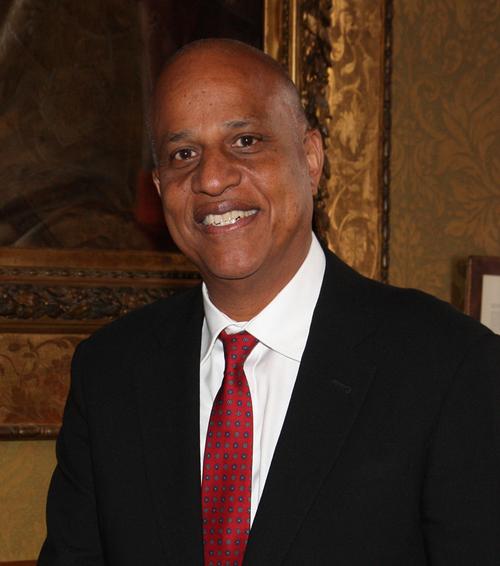 Belize Dean BarrowPhoto: Foreign and Commonwealth Office in the public domain
Belize Dean BarrowPhoto: Foreign and Commonwealth Office in the public domain
In February 2008 the UDP wins the elections and Dean Barrow becomes prime minister. In March 2012 the same party won the parliamentary elections again and in November 2015 for the third time in succession. In 2016 and 2017 there are border disputes with Guatemala. In the 2020 elections, Juan Antonio Briceno will take over from Dean Barrow.
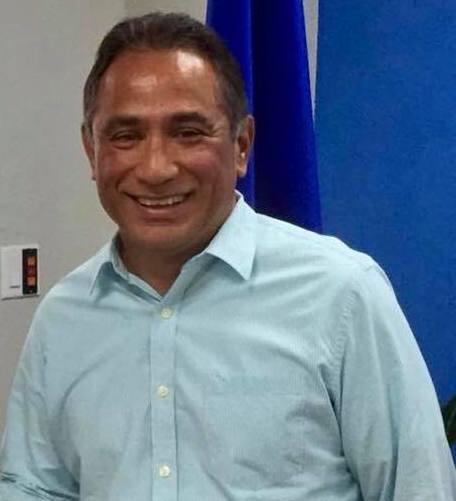 Juan Antonio Briceno, Prime Minister of BelizePhoto: US Embassy in Belize in the public domain
Juan Antonio Briceno, Prime Minister of BelizePhoto: US Embassy in Belize in the public domain
Sources
Belize
APA
Bradbury, A. / Belize
Bradt
Eltringham, P. / The rough guide to Belize
Rough Guides
Mallan, C. / Belize handbook
Moon Publications
CIA - World Factbook
BBC - Country Profiles
Copyright: Team The World of Info